Interweaving Three Tragic Tales
Japanese refuge huts, known as hinan-goya, serve as vital resting places for hikers and climbers in the country’s mountainous regions. Hikers value them not only for being free but also as essential shelters from inclement weather, often proving to be lifelines in the mountains when needed most. These shelters provide a dry place to sleep, typically on a raised floor. Amenities are minimal, often limited to an outdoor toilet and a nearby water source. Yet, these basic structures vary widely in habitability, ranging from basic structures to what one might envision if IKEA designed a kit home.
That being said, mountain huts have occasionally served as the backdrop for mysterious and, at times, disturbing incidents, as you will discover in the following three stories set in and around the Hafusan Refuge Hut. This remote mountain refuge is situated on a saddle at 2074 metres between two prominent Okuchichibu peaks, namely Mount Kobushigatake and Mount Hafusan in the Chichibu-Tama-Kai National Park. Notably, it is one of only three huts along the Okuchichibu main mountain range, which stretches from Mizugaki-sansou in Yamanashi Prefecture to Okutama in Tokyo. While other mountain huts along the route exist, they are typically staffed and require a fee for accommodation.
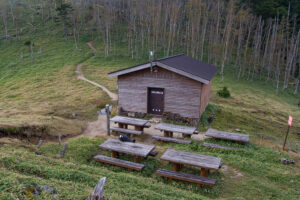
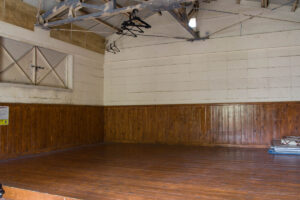
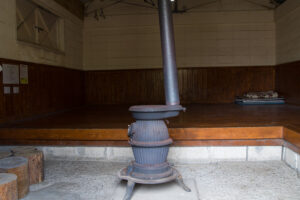
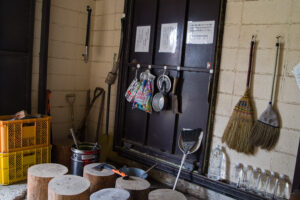
.
I camped at the Hafusan Refuge Hut in October this year and found it to be in excellent condition both inside and out, as seen in the photos above. In addition to brooms and dustpans, the hut was equipped with shovels, an axe, a saw, and even a cooking pot. It also boasted an old-style Daruma stove, perfect for warming up the hut in winter, along with an ample supply of neatly stacked firewood outside. The hut has undergone several rebuilds over the years, starting with the original structure in the 1920s, not long after the first incident occurred. According to reports, before its most recent reconstruction in the late 1990s, the hut was said to be in a considerably dilapidated state.
Our first tale transports us back to the summer of July 1916, in the Taisho era, where tragedy struck beneath Mount Kobushigatake. The protagonists were five individuals, four of them students from Imperial University (now the University of Tokyo). Their adventure began at the Nishizawa Gorge, with Gan Pass marking their first night’s stop. Mount Kinpu was their ultimate destination. However, their first day saw them veer off the marked trail onto an unnamed ridge, struggling through dense bamboo. Trials escalated the following day when they encountered a once-in-20-year rainstorm. Yet they reached Mount Hafusan, only to lose their way again. Four succumbed to fatigue and hypothermia, leaving one survivor to stumble upon a nearby sawmill, seeking help.
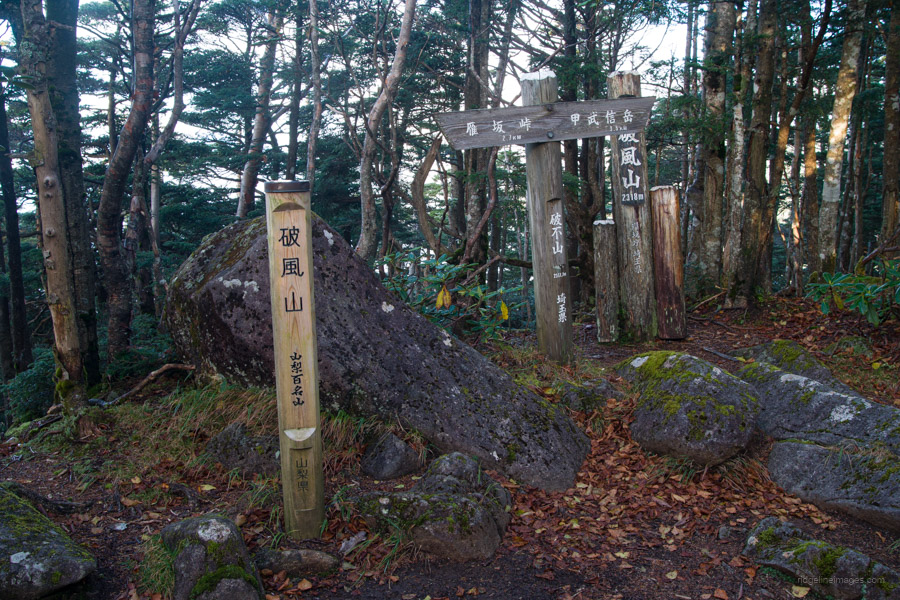
The summit of Mount Hafusan.
What transpired at the Hafusan Refuge Hut some 70 years later, involving a family of four, is even more chilling. It is believed that the family sought sanctuary at the hut for some time due to being pursued by debt collectors. Possibly, they chose the hut because of its seclusion and proximity to a water source about 20 minutes from the hut. Passing hikers reported seeing children drawing water from there, and staff at nearby mountain huts were also aware of the family’s presence. However, it should be noted that the hut they resided in was the former one, which was old and ramshackle. The exact reason that led the family to a collective decision to end their lives is unclear, but one possibility is that they ran out of food.
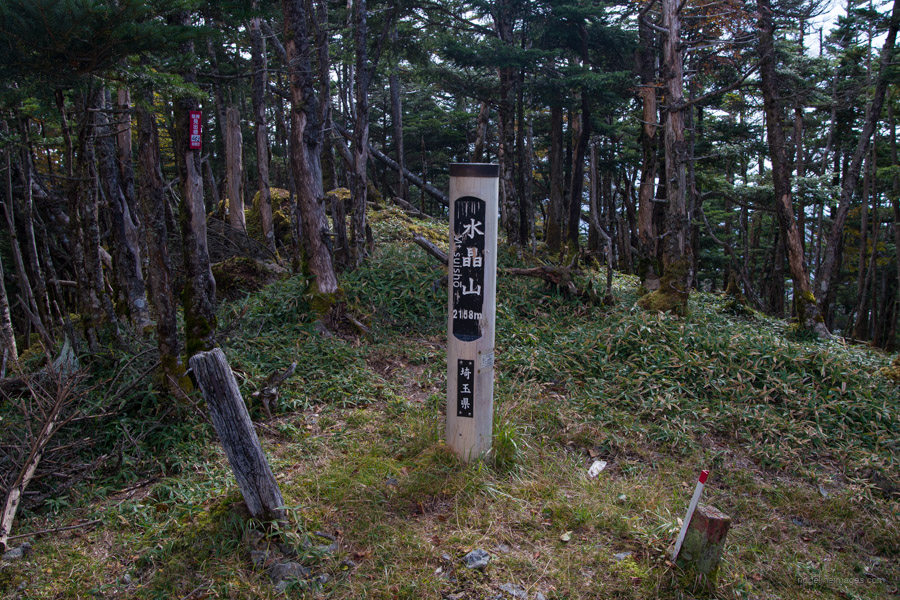
The summit of Mount Suishozan.
The final story is said to have unfolded around 2004 when two women, members of a local mountaineering club, went missing near Mount Suishozan a few hour’s hike from the Hafusan Refuge Hut. Likely experienced climbers, their disappearance was all the more puzzling given the clear weather on the day they set out and well-marked trails on both approaches to the summit. Their remains were eventually discovered close together on the south side of the peak. No evidence of foul play was found on the skeletal remains, which lay on a slope just off the main trail. To this day, the cause of their deaths remains unknown, with an accident considered more likely than something more nefarious.
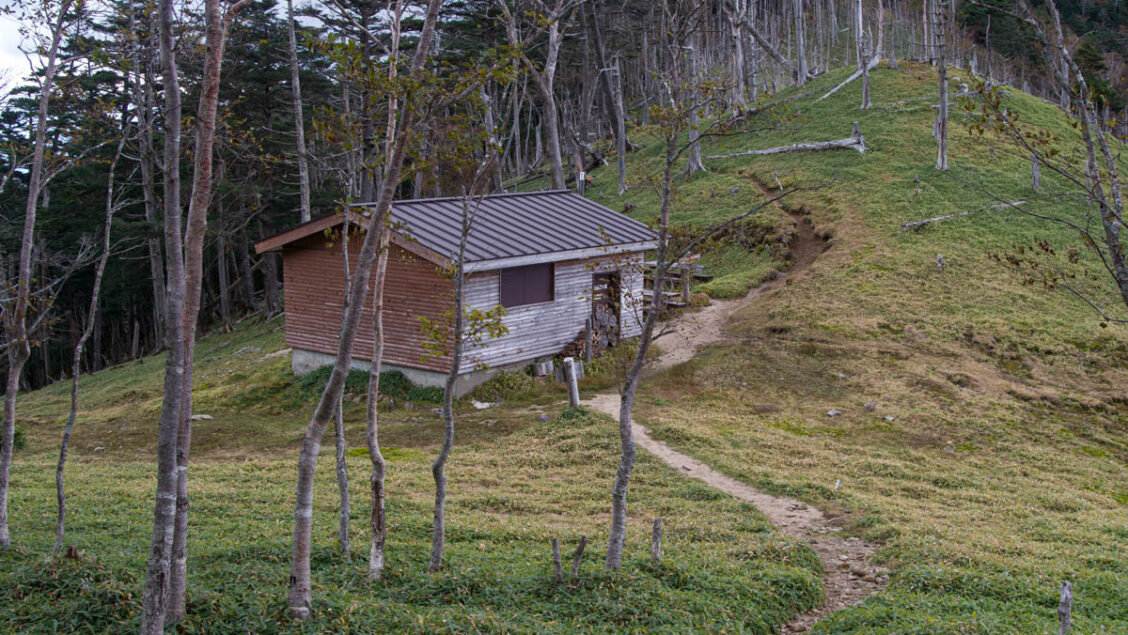
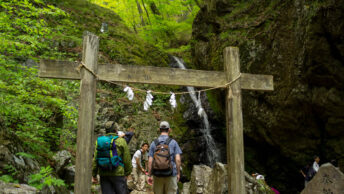



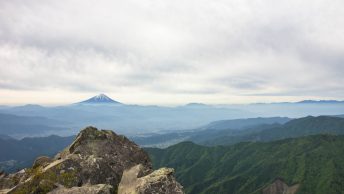

Thanks, David – that sent a seasonal shiver down my spine. One should clearly not bivouac alone anywhere near Hafu-san. Indeed, the 1919 accident must have made a deep impression – it has even echoed its way into Hyakumeizan as follows, although the date and location seem to have drifted ….
Kobushi-dake was the scene of the first mountain accident that I can recall hearing about. It caused an outcry. Indeed, if the news travelled as far as a country lad like myself, it must have created quite a shock. Unlike the present, where fatal accidents are reported every week during this mountaineering boom, in those days – and I’m certain this was in 1916 (Taishō 5) – mountaineering was still regarded as something of a hazardous adventure. The fuss was all the greater because four of the five victims were students who had just entered the Imperial (now Tōkyō) University, with all the promising future ahead of them that this implies. Just one of the party survived ….
Many thanks for the comment, PH. I stand corrected; it does seem that the date in question was indeed 1916. As for the exact location, perhaps Fukada was speaking more generally with respect to the area, or could, in fact, be correct. We know that stories passed down often have embellished or omitted details. Anyway, I’m sure an extraordinary tale lies somewhere between the two.